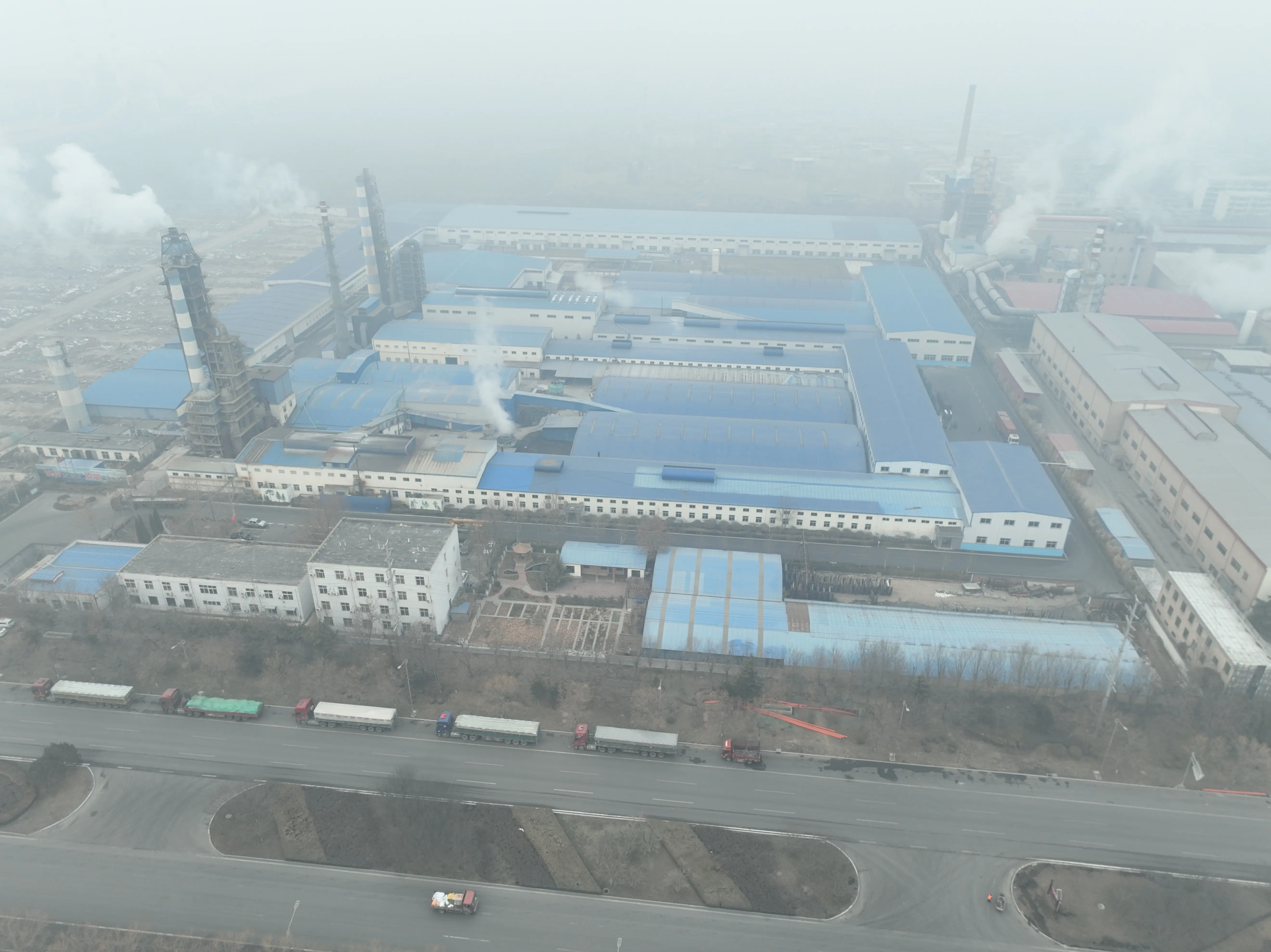

Low Emissivity Glass Coating Enhancing Energy Efficiency and Comfort
Low emissivity (low-e) glass coatings have revolutionized the architectural and construction industries by providing innovative solutions for energy efficiency and comfort in buildings. As energy costs continue to soar and environmental concerns grow, low-e coatings have become increasingly important in both residential and commercial applications. This article explores the technology behind low-e glass coatings, their benefits, and their future impact on sustainable building practices.
Low-e glass is designed to reduce the amount of infrared and ultraviolet light that passes through the glass without significantly affecting visible light transmission. This is achieved by applying a microscopically thin metallic coating onto the glass surface, which reflects heat back into the building during cold weather and keeps it out during warmer months. This smart reflective quality directly contributes to thermal insulation and can lead to significant energy savings.
Low Emissivity Glass Coating Enhancing Energy Efficiency and Comfort
In addition to energy savings, low-e glass coatings enhance indoor comfort. The temperature variations within a building can be uncomfortable for occupants, especially when sitting near windows. Low-e coatings help maintain a more consistent indoor temperature by preventing hot or cold drafts, thereby improving overall livability. Furthermore, because low-e glass blocks harmful UV rays, it protects interior furnishings, artwork, and carpets from fading, thereby extending their lifespan and maintaining aesthetic appeal.

The installation of low-e glass also contributes to a building's aesthetic qualities without compromising natural light. By optimizing visible light transmission while minimizing solar heat gain, low-e coatings allow architects and designers to create bright, inviting interiors that are also energy efficient. The ability to achieve aesthetic goals while maintaining functionality makes low-e glass an attractive option in modern design.
Environmental sustainability is another significant advantage of low-e glass coatings. The increased energy efficiency they provide contributes to reduced greenhouse gas emissions, which is crucial for combating climate change. Additionally, low-e glass is often produced using eco-friendly manufacturing processes, further minimizing its environmental impact. As governments and organizations worldwide continue to push for greener building practices, low-e glass is positioned to play a vital role in achieving these goals.
Future advancements in low-e glass technology hold exciting prospects for further improvements in energy efficiency and building performance. Research and development in the field aim to create adaptive low-e coatings that respond dynamically to temperature changes, enhancing their effectiveness. Innovations such as switchable glazing technology, which allows for adjustments in transparency and insulation properties, are also on the horizon.
In conclusion, low emissivity glass coatings represent a significant advancement in building technology, offering numerous benefits, including energy efficiency, improved comfort, aesthetic flexibility, and environmental sustainability. As the demand for energy-efficient buildings continues to grow, low-e glass will undoubtedly play a pivotal role in shaping the future of architectural design. Embracing these advanced coatings not only leads to tangible economic advantages but also contributes to a more sustainable and comfortable living environment for generations to come.